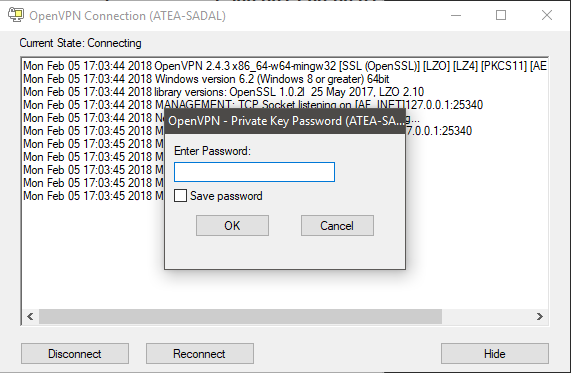Install and change permission to work with your normal user account.
yum install yum-utils -y yum-config-manager --enable rhui-REGION-rhel-server-extras rhui-REGION-rhel-server-optional yum install certbot -y useradd certmaster chown certmaster: /etc/letsencrypt/ -R chown certmaster: /var/log/letsencrypt/ -R chown certmaster: /var/lib/letsencrypt/ -R
You might want to allow your certmaster account to reload nginx or another service then a new certificate exists. To allow certmaster to reload nginx configuration, create sudoers file /etc/sudoers.d/certmaster with this content.
certmaster ALL=NOPASSWD: /usr/bin/systemctl reload nginx.service certmaster ALL=NOPASSWD: /usr/sbin/nginx -t -c /etc/nginx/nginx.conf
Example of cron script to run.
# .---------------- minute (0 - 59) # | .------------- hour (0 - 23) # | | .---------- day of month (1 - 31) # | | | .------- month (1 - 12) OR jan,feb,mar,apr ... # | | | | .---- day of week (0 - 6) (Sunday=0 or 7) OR sun,mon,tue,wed,thu,fri,sat # | | | | | # * * * * * user-name command to be executed # Updates all certificates on saturday morning, checks nginx config and reloads 15 2 * * * certmaster chronic /usr/bin/certbot --no-self-upgrade renew && sudo /usr/sbin/nginx -t -c /etc/nginx/nginx.conf && sudo /usr/bin/systemctl reload nginx.service
